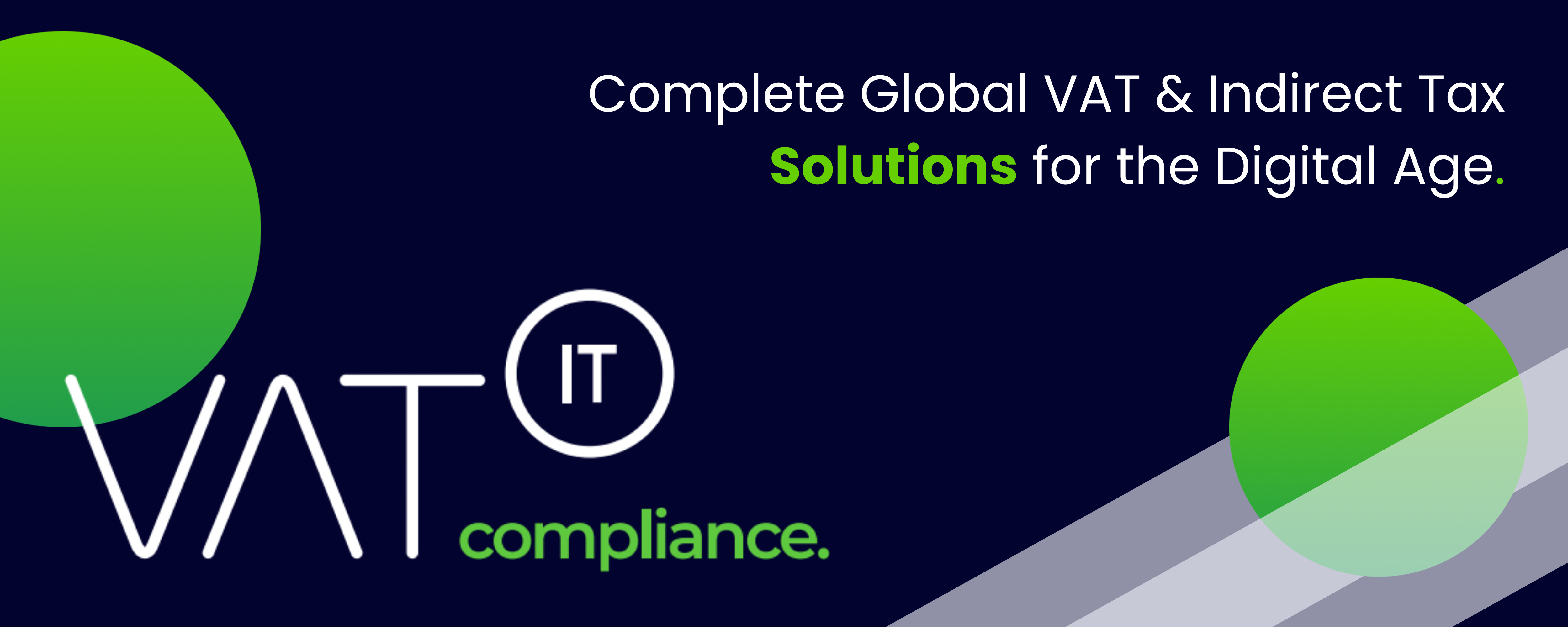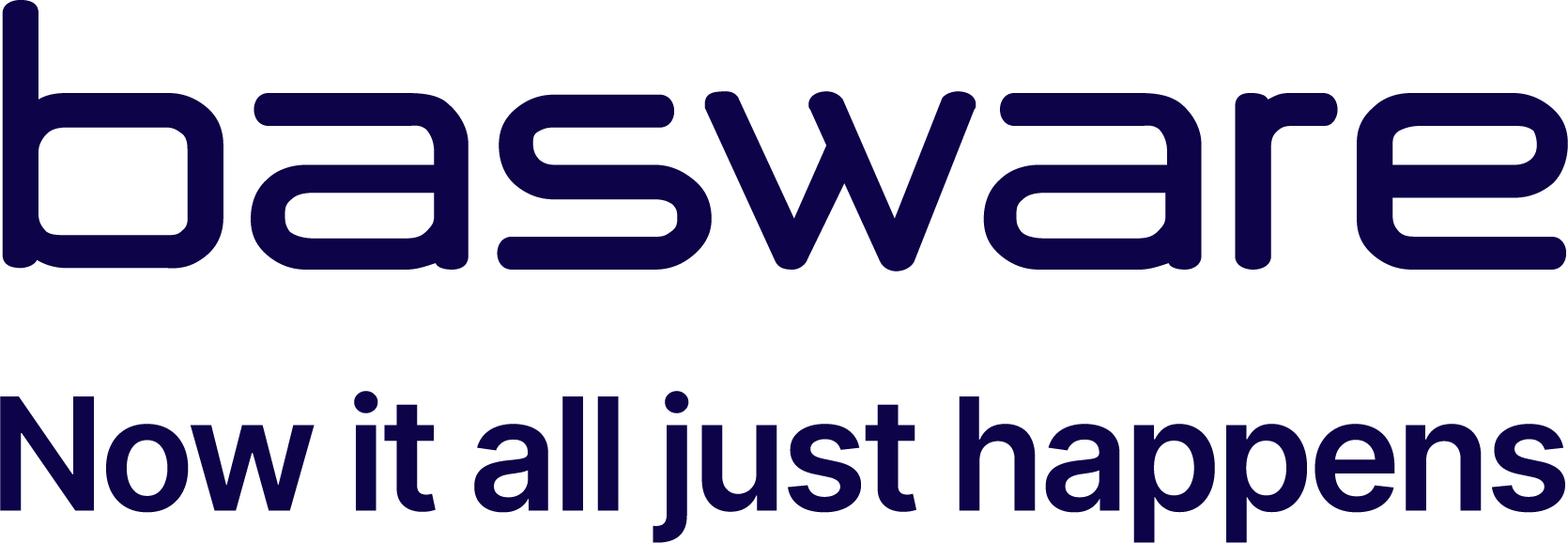- UAE is transitioning to a digital tax ecosystem with eInvoicing under the Ministry of Finance and Federal Tax Authority.
- The eInvoicing framework uses a decentralized 5-corner model for data validation before reaching the FTA.
- Accredited Service Providers validate mandatory data fields according to the UAE eInvoicing Data Dictionary.
- Invoices are validated and transmitted over the Peppol network, then reported to the FTA.
- Businesses must use a UAE-Accredited Service Provider to issue and receive e-Invoices.
- Invoices are sent securely using the buyer’s electronic address over the Peppol network.
- Each legal entity in a VAT group needs its own endpoint through an Accredited Service Provider.
- Separate endpoints ensure correct transaction tracing and reporting for VAT group members.
- Individual VAT group members can be selected as suppliers, using the VAT Group’s TRN on invoices.
- Invoice details must include the specific group member’s name and address.
Source: claemirates.com
Note that this post was (partially) written with the help of AI. It is always useful to review the original source material, and where needed to obtain (local) advice from a specialist.
Latest Posts in "United Arab Emirates"
- UAE eInvoicing Requirements: Implementation Timeline and Compliance Guide for 2026-2027
- Dubai Customs Launches Comprehensive 2030 AI Strategy for Digital Transformation
- UAE VAT Regulations Updated: Electronic Invoicing System Mandatory for Tax Invoices and Credit Notes
- UAE VAT Guide for Cross-Border Amazon FBA Sellers
- UAE E-Invoicing Rollout: Multinationals Must Prepare for 2027 Implementation















